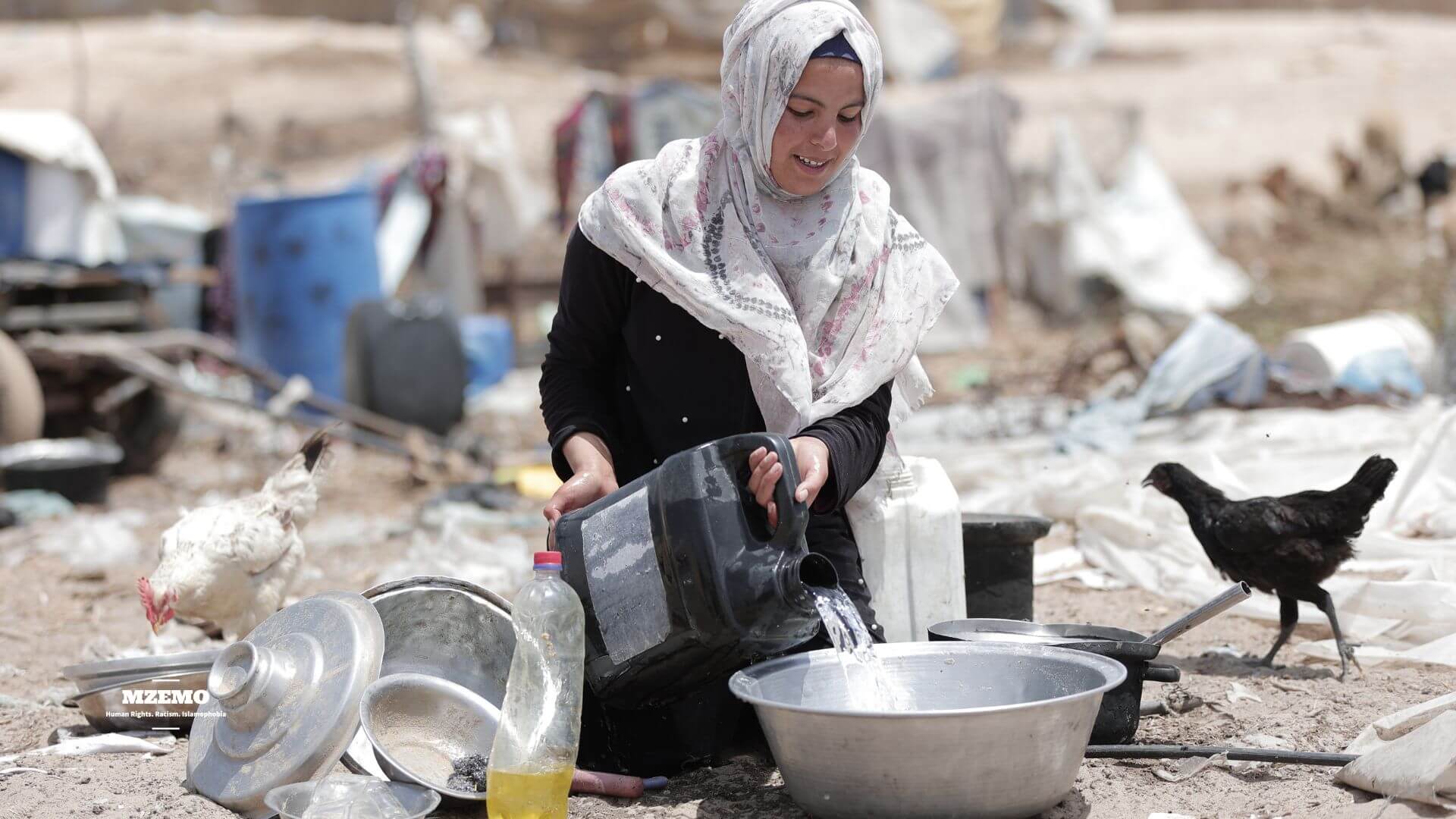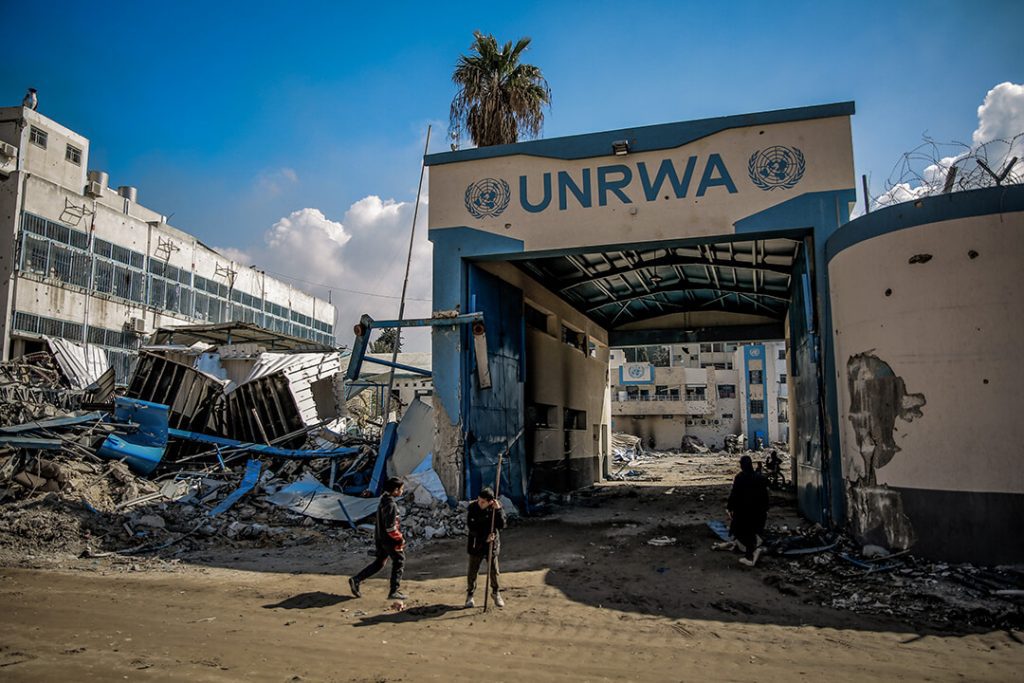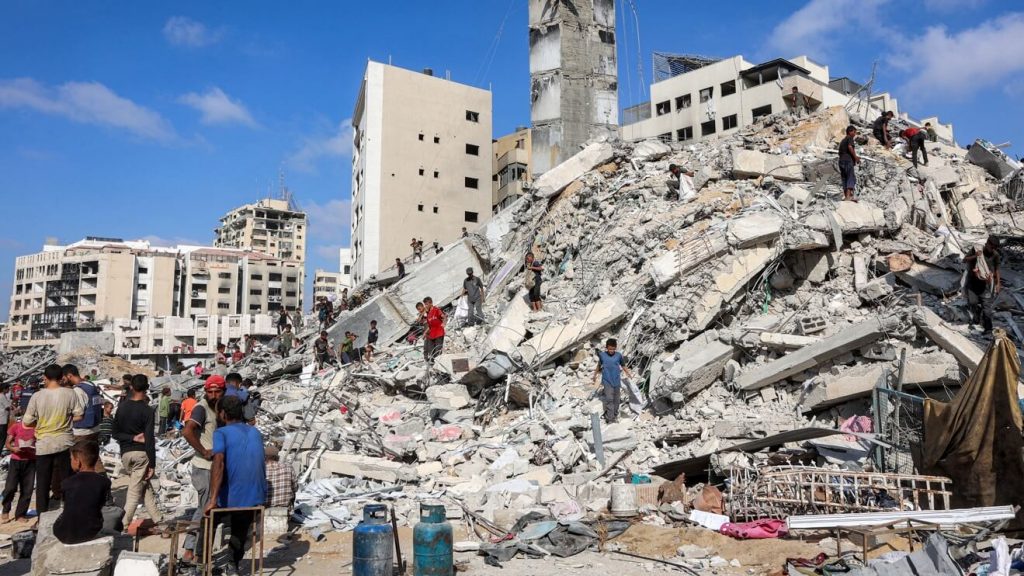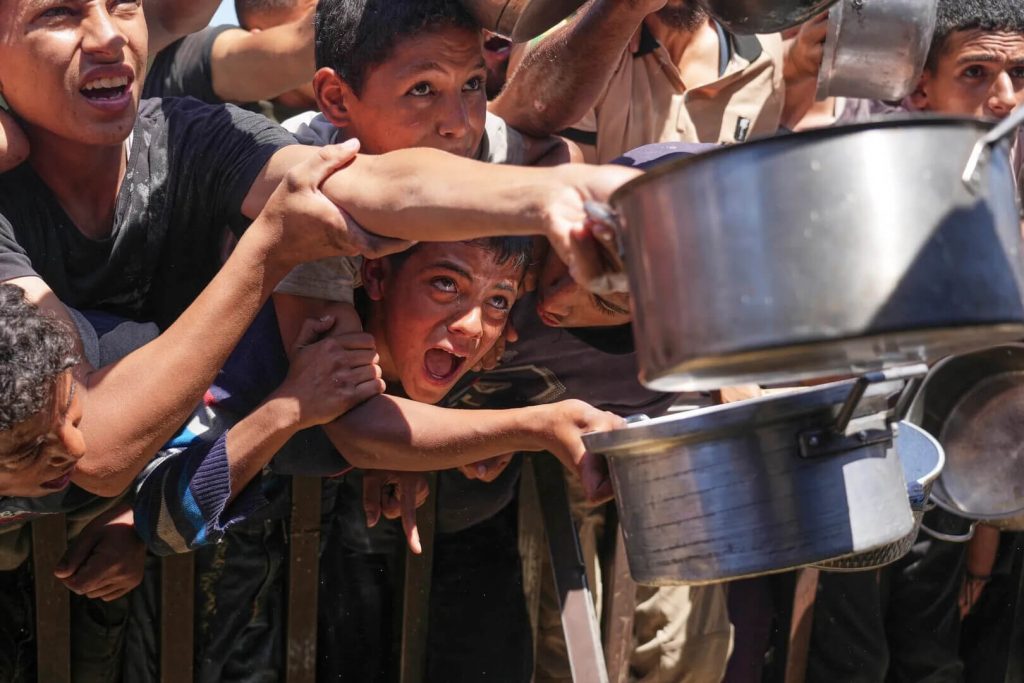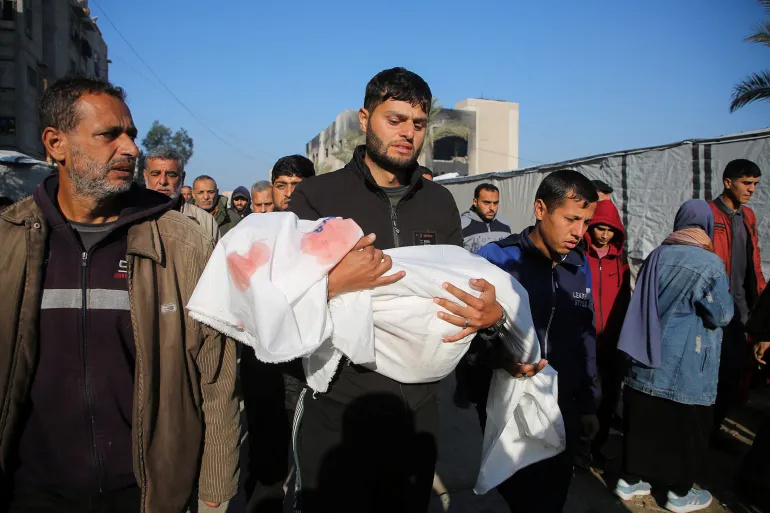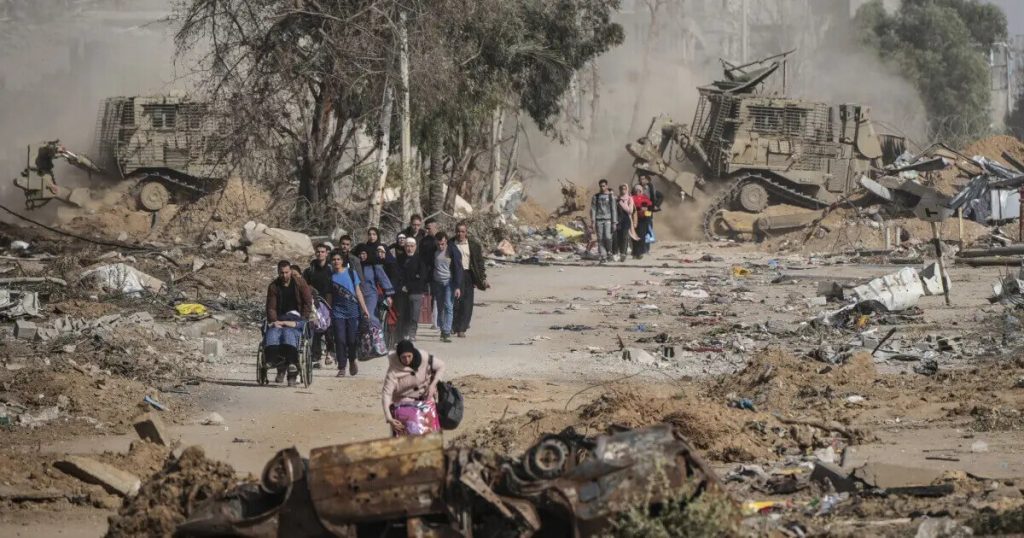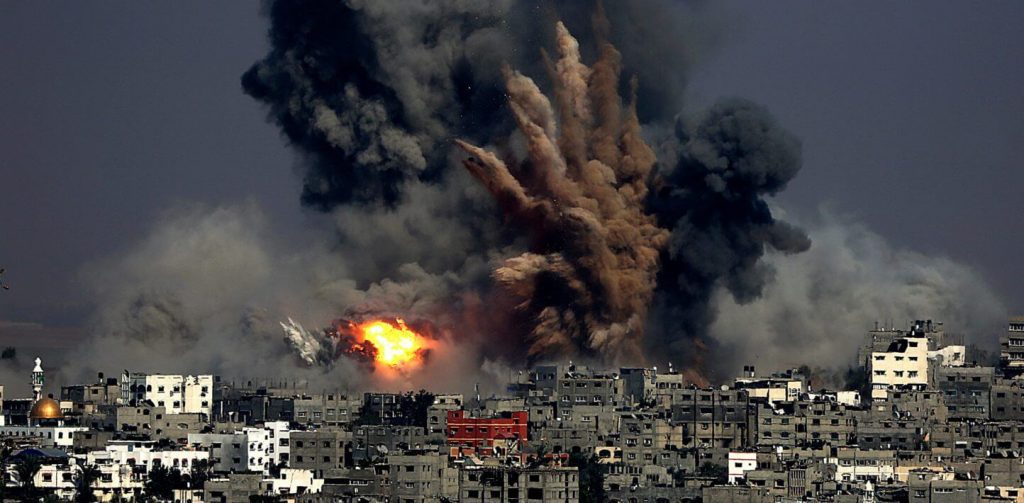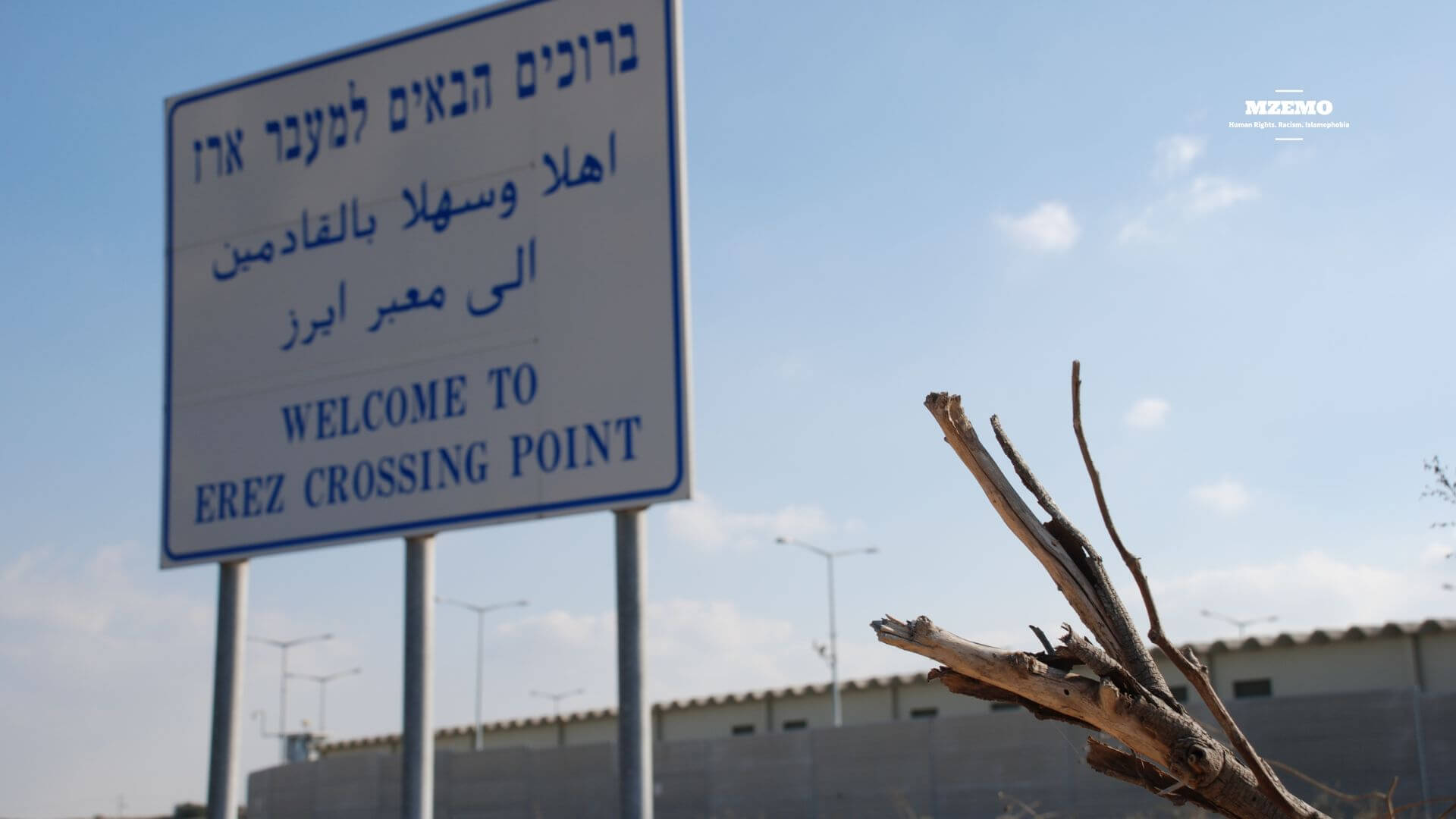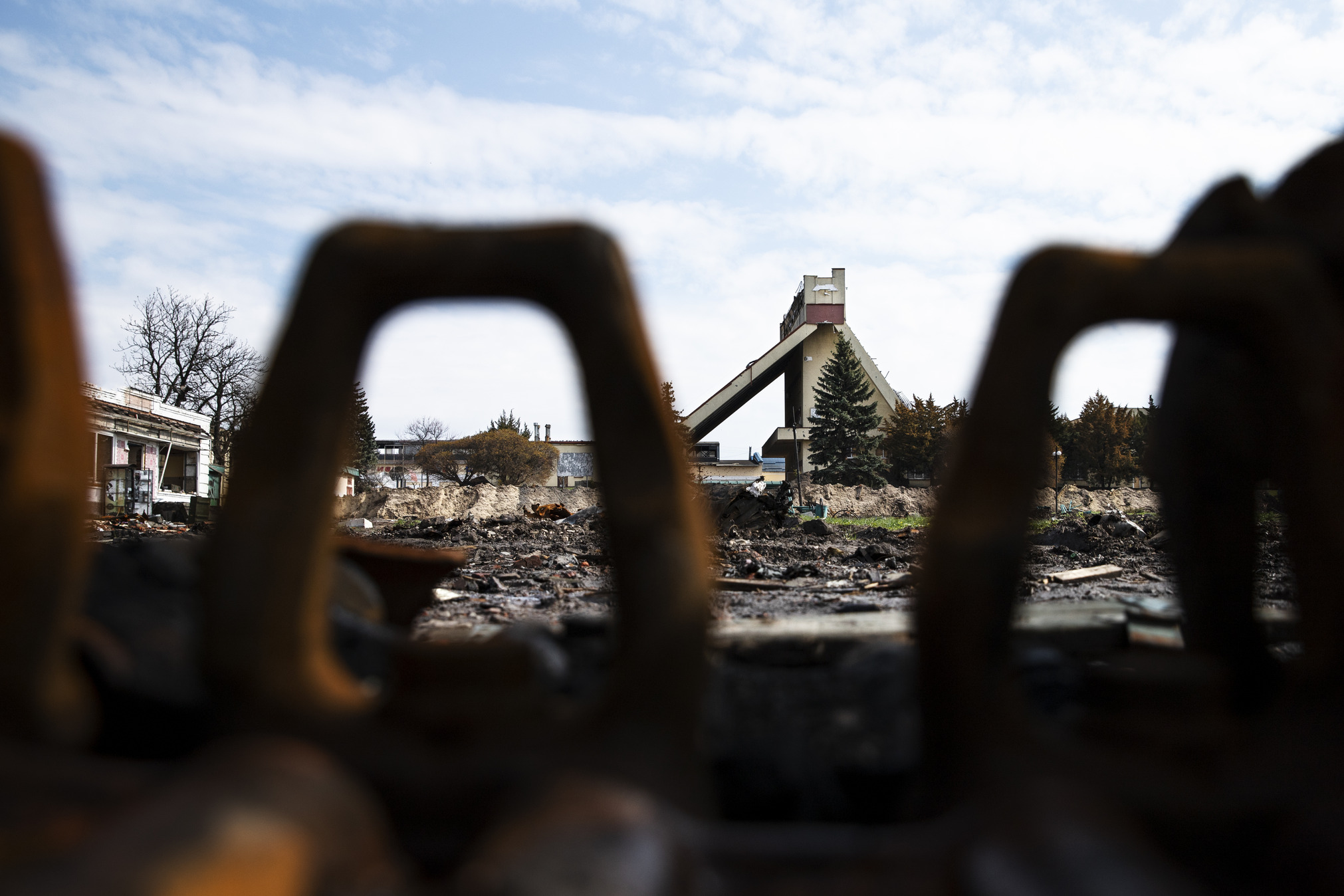Israel’s attack on Gaza, which is entering its eighth month of ethnic cleansing, is taking new, dangerous turns. What started as hidden attacks now threaten to be a full-blown war between Israeli forces and the Irani-backed militant group in the region – Hezbollah.
However, the prospect of a full-scale war terrifies people on both sides. Aid agencies, including the United Nations, fear the war would be a “catastrophe that goes beyond the border and imagination.” Israel’s open military offensive in southern Lebanon would also risk an Iranian response.
Here’s a detailed report:
Israel-Hezbollah Escalation
While initially caught off-guard, Hezbollah has been supporting its regional ally- Hamas-ever since Israel initiated the Gaza genocide on 7th October. The two sides have exchanged near-daily cross-border strikes.
Till now, over 450 Lebanese, including fighters from the Hezbollah and allied groups and 80 civilians, have lost their lives. On Israel’s side, 16 soldiers and 11 civilians have been killed. The escalation has forced tens of thousands of residents on both sides of the border to be displaced – with no hope of returning any time soon.
But, the escalation simmering for months is now catching sparks. Last week, the Israel army disclosed it has “approved and validated” an offensive plan in Lebanon. In response, the militant group released surveillance drone videos of areas deep inside Israel’s border.
Hezbollah leader Hassan Nasrallah warned Israel and the world at large, “Whoever thinks of war against us will regret it.” He ended by saying if a war broke out, Hezbollah would fight without limits.
The militia leader also thwarted any prospect of a cease-fire on the Israel-Lebanon border, unless there’s one in Gaza.
Hezbollah is Not Hamas
In his last Wednesday speech, Nasrallah said that militant leaders from Syria, Iraq, Yemen, Iran, and other Middle Eastern countries are offering to send thousands of fighters to help Hezbollah in the fight against Israel. But, with over 100,000 trained fighters, Hezbollah already holds one of the most potent militant armies in the region.
International government and aid agencies fear a war between Israel and Hezbollah will be more brutal and catastrophic than the Gaza crisis because it could put the entire region into war.
But, while the crippling economy of Lebanon puts Hezbollah at a disadvantage, taking apart the militant group’s military powers in days is a far taller task. Since the Israel-Lebanon war, both sides have been preparing for a chance to settle scores.
Hezbollah’s arsenal includes at least 150,000 missiles and rockets. With over 100,000 fighters, the group’s sophisticated attacks – like the largest rocket attack on 5th July – even surprised Israeli officials. They have shot down top-of-the-line Israeli drones and hit the Iron Dome batteries and anti-drone defenses.
Last month, the Iran-backed group shocked the world when it published drone footage of Israel’s highly sensitive public and military infrastructure. The most astonishing of which is Israel’s secret nuclear base.
The International Response to the Israel-Hezbollah Tensions
With the escalations only increasing, an all-out war can even drag the US into conflict with Iran. It could set the entire region on fire. That’s why the United States has drawn a red line on Hezbollah with a warning. It said the group should not assume that the US can stop Israel from attacking them.
And while the warning is conveyed indirectly because America doesn’t engage with the military group one-on-one, the message from the US officials is clear. The warning aims to get Hezbollah to back down. The officials also declared the US’s support to Israel in case Hezbollah retaliates.
After weeks of silence, Iran has warned Israel of an “obliterated war.” The escalating tension is also worrying the international community. This week, Germany, Canada, and the Netherlands immediately urged their citizens to leave Lebanon. Many are re-routing their flights into Lebanon and warning travelers to “strongly reconsider” traveling to the conflicted country.
The world is trying to slow down the tension, but the escalation is only spiraling to a new height in recent weeks as Israel’s attack on Hamas intensifies.
The Brewing Israel-Hezbollah War
Israel has effectively lost sovereignty in the northern part of the country due to consistent cross-border attacks by the group. The statement came before the Thursday attack where Hezbollah fired 200 rockets into the Israeli border – making it the biggest attack in the monthlong conflict. An Aljazeera report showed that since 7th October the two sides have shared 7400 attacks.
Israeli defense minister Yoav Gallant said that while the country is trying to prevent a wider war, its military is capable of getting “Lebanon back to the stone age.” The statement came as Israel is downshifting its military in Gaza and refocusing its resources on the northern Israel-Lebanon border.
But, while both countries do not want a full-scale war, in case a ceasefire deal fails in Gaza, a large-scale Israel-Hezbollah war can break out in the next several weeks – one that’ll be far worse than the last time around.
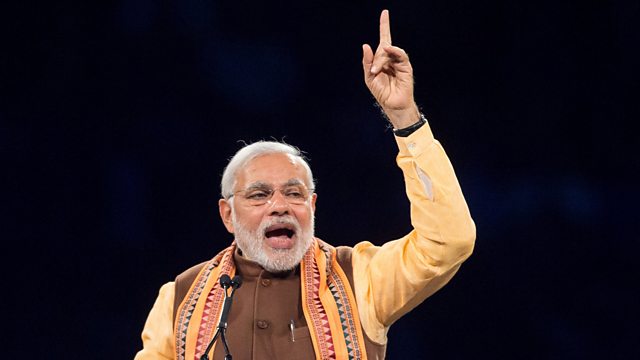

 Featured2 years ago
Featured2 years ago
 Featured3 years ago
Featured3 years ago
 Featured2 years ago
Featured2 years ago
 Featured4 years ago
Featured4 years ago
 Featured3 years ago
Featured3 years ago
 Featured5 years ago
Featured5 years ago
 Featured2 years ago
Featured2 years ago
 Featured3 years ago
Featured3 years ago
